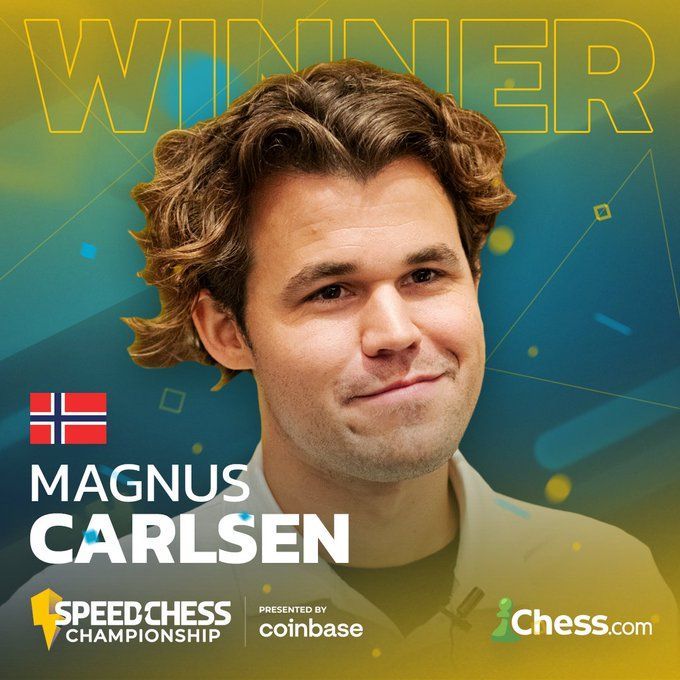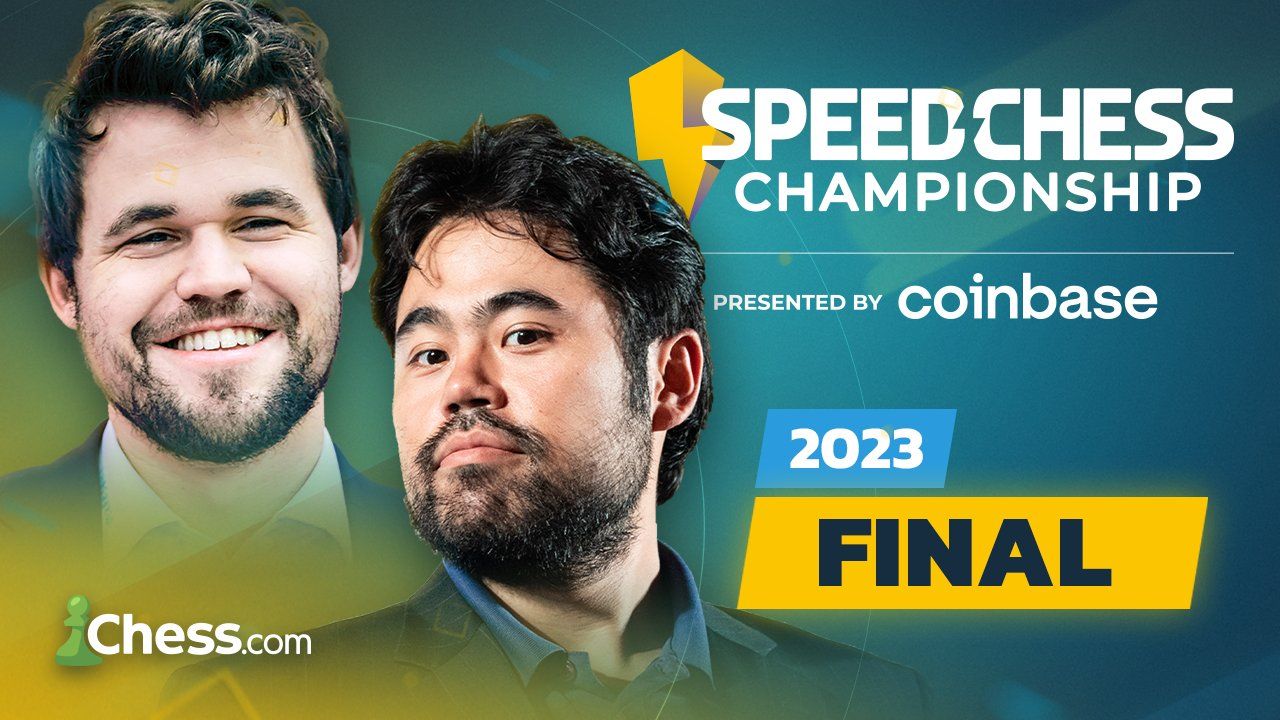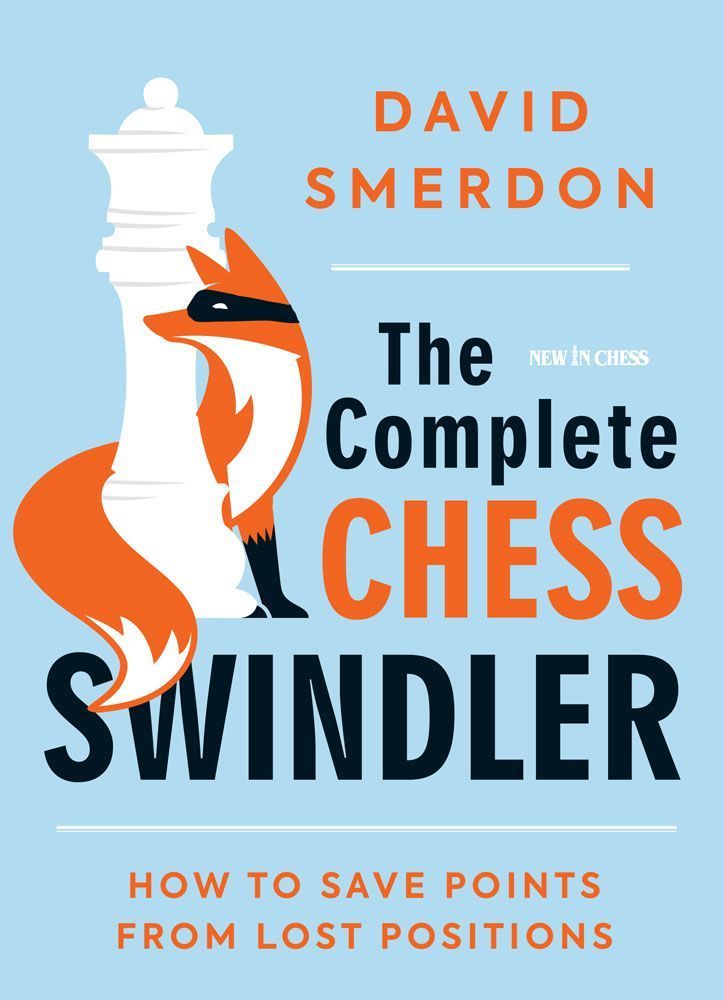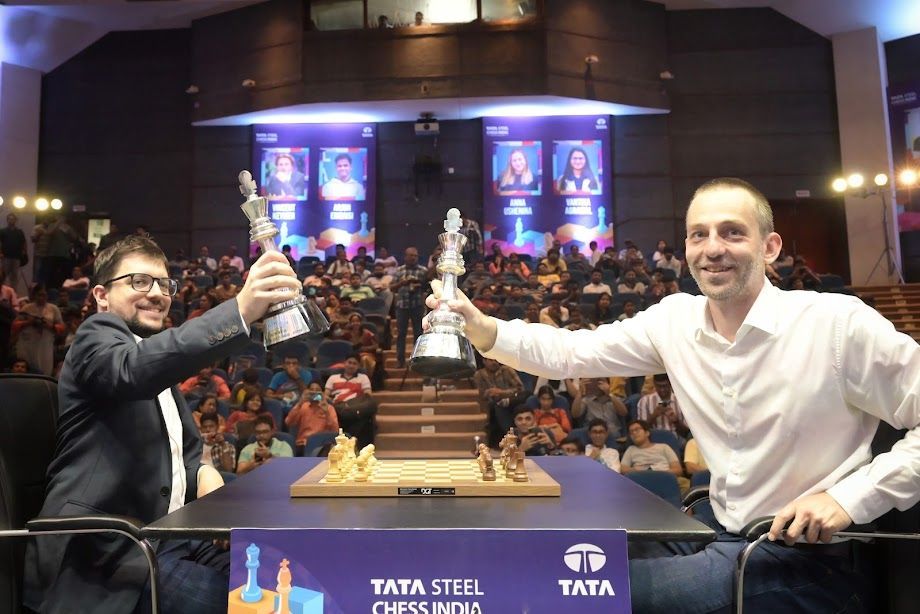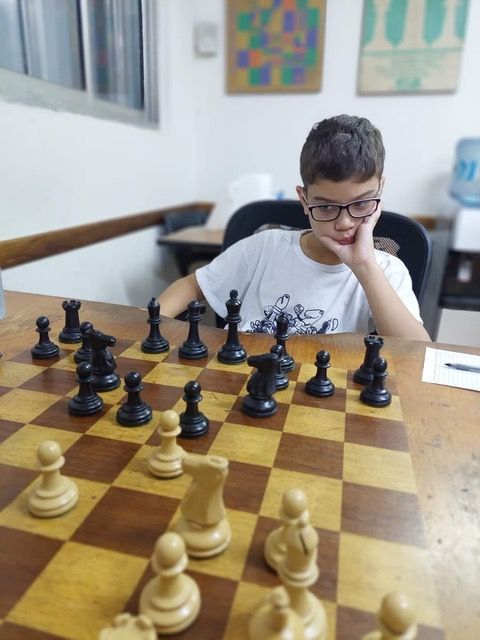A Messi Kid
India today is a land of amazing young talents and prospects in chess, with the country seemingly having a never-ending production line of prodigies rolling off the factory conveyor belt. But for some countries, such as Argentina, prodigies only seem to come around with all the regularity of Halley’s Comet.
One of the first notable post-war chess prodigies was
Oscar Panno from Buenos Aires, who became the first world-class player born in South America. In 1953, at the age of 17, he became only the second
World Junior Champion, having won the coveted youth title ahead of a strong cadre of future elite-level Grandmasters such as Boris Ivkov (who in 1951 was crowned the first World Junior Ch), Bent Larsen, and Fredrik Olafsson.
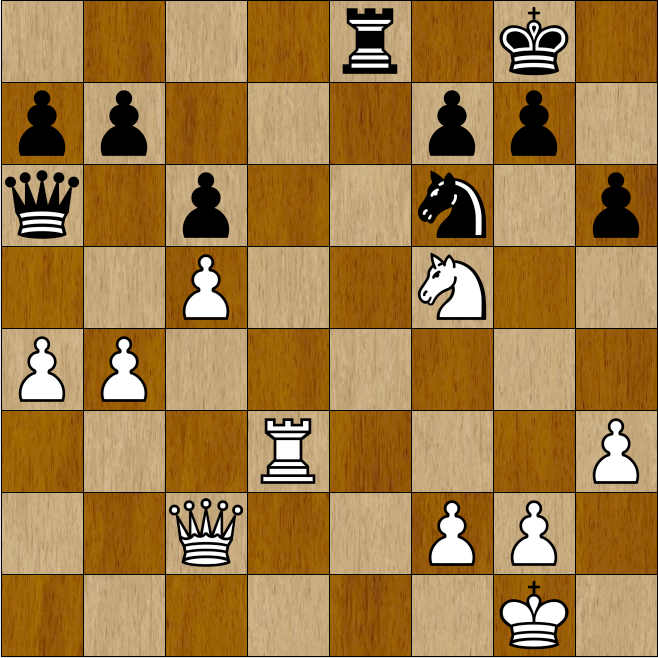
After winning the World Junior title, the legend who became the star protagonist of the golden age of Argentine chess through the 1950s went on to compete in five Interzonal events and finished clear 3rd at Gothenburg 1955 ahead of the leading troika of Soviet newcomers Geller, Petrosian and Spassky to qualify for the 1956 Candidates tournament in Amsterdam.
Now at the age of 88, and looking very sprightly and lucid, octogenarian Panno was recently cheered from the rafters as he appeared as the guest of honour at a memorial tournament in his hometown to commemorate his famous World Junior Championship victory 70 years ago in Copenhagen. And as chance would have it, another promising young star on the rise was also playing in that special Panno anniversary event.
It was 9-year-old FM Faustino Oro - and back in March, the Argentinian prodigy hailed by the media as the “Messi of Chess” made history by becoming the youngest player ever to break the 2300-rating barrier.
Last week, the pre-teen seen as a potential world champion by several pundits and commentators went one better with an incredible performance of 6.5/9 to finish second-equal in the ITT Cop Ciudad de Comodoro Rivadavia closed round-robin, which, along with a performance rating of 2452, saw him grab his first IM norm to also become the youngest to do so.
Final standings: 1. GM D. Flores (Argentina) 7.5/9; 2-3. GM N. Delgado (Paraguay), FM F. Oro (Argentina) 6.5; 4. FM A. Aguilar (Argentina) 5.5; 5-6. WIM J. Gomez Barrera (Chile), IM J. Romero (Venezuela) 4.5; 7-8. FM D. Belmonte (Argentina), C. Vasquez (Chile) 3.5; 9. M. Aguinaga (Argentina) 3; 10. G. Slomka (Argentina) 0.
Young Master Oro at the board: © Federico Marin,
El Mundo.
FM Andres Aguilar - FM Faustino Oro
ITT Comodoro Rivadavia, (5)
E35: Nimzo-Indian, Classical, Noa variation
1.d4 Nf6 2.c4 e6 3.Nc3 Bb4 4.Qc2 The Classical or Capablanca variation was popular in the early days of the Nimzo-Indian, made famous by being adopted by the great Jose Raul Capablanca. The idea is for White to try and gain the bishop pair without compromising the pawn structure after ...Bxc3, and at the same time possibly planning on domineering the centre with e4. 4...d5 The Noa variation can often lead to a sort of Queen's Gambit Exchange variation, as happens in the game. 5.cxd5 exd5 Safe and sound, heading for a sort of QGD Exchange variation as mentioned above - but for so long the critical line has been 5...Qxd5!? 6.Nf3 Qf5!? looking to keep game more dynamic, holding a firm grip on the e4 square. 6.Bg5 c6 7.e3 O-O 8.Bd3 h6 9.Bh4 Be6 10.Ne2 Bd6 11.h3 Nbd7 12.O-O Re8 13.Rad1 Also a good plan was 13.a3 with the idea of b4 and Na4. 13...Rc8 14.a3 Nb6 15.e4 dxe4
Better was 15...g5! 16.Bg3 and now 16...dxe4 17.Nxe4 Nxe4 18.Bxe4 Bc4 19.Bh7+ Kg7 20.Bd3 Bxd3 21.Qxd3 Nd5 and despite the f5 weakness, Black has a solid position.16.Nxe4 Nbd5 17.Nc5 Bxc5?! It is around here when the youngster starts to stray, losing the thread of the game - all Black had to do was keep things solid and his dark-squared bishop on the board with 17...Rb8! to retain equality. These are just little things young master Oro will pick up with experience. 18.dxc5 Qa5 19.Nd4 Bd7 20.Bf5 Suddenly White finds he has a dominating position - and even more so had he found 20.b4! Qc7 (Snatching the pawn soon crashes to 20...Qxa3? 21.Bxf6 gxf6 22.Qd2! Kg7 23.Bf5 and Black is lost due to the perilous state of his king) 21.Bg3 Qd8 22.Nf5! with a big positional plus and a potentially winning kingside attack. 20...Rcd8 21.Rd3 Re1! After taking his eye off the ball, Oro is back in the game - but it is still a difficult position for Black. 22.b4 Rxf1+ 23.Kxf1 Qa6 Without this move, Black would be in dire straits. 24.Bxd7 Rxd7 25.Bxf6 Nxf6 26.Kg1 Rd5 27.a4 Re5?! The rook was ideally placed where it was on the strong d5 square - the move to find was 27...Nd7! with the better idea of trying to put the knight on e5! 28.Nf5! Suddenly, with just one mistake, all of Oro's hard work of hanging on in a difficult position has gone - and from here he should really have lost. But kudos to the 9-year-old for not completely capitulating in a difficult position. 28...Re8 (see diagram) Ever resourceful, the engine finds the better/losing move(!) with 28...Nd5!? 29.Rg3 Kf8! 30.Nd6! Nf6 where at least White has to play the unhuman-like move of 31.Re3 to retain good winning possibilities; the (full) point being that if Black exchanges rooks on e3, White has excellent chances of converting the win with threats of Qf5 or even Qb3. 29.Rg3?
After slowly but surely pushing his young opponent almost off the board with a well-played positional squeeze, White inexplicably cracks in a close-to-winning position. Aguilar has the right idea but the wrong execution - the way to win was 29.Qc3! where the direct threat is next Rg3! with a mating/winning attack. But get the sequence wrong, and it doesn't take a 9-year-old long to spot a saving tactical resource!
29...Re1+! 30.Kh2 Qf1Just keeping the rook on d3 preventing ...Qf1 for one move longer would have made all the difference between White winning and not.
31.Rxg7+ Kf8 32.Kg3??
I can only speculate that this had to be a blunder induced by time-pressure, and White thought he was losing any way to the threat of ...Qg1+ and ...Nh5+ - but then again, we have Mr Engine chugging away in the background, gleefully telling us that after the remarkable resource 32.Rh7! the game fizzles out to a draw after 32...Nxh7 33.Qc3! f6 (It's much the same after 33...Ke8 34.Ng7+ Ke7 35.Qd4 f6 36.Nf5+ Ke8 37.Nd6+ Kf8 38.Nf5 etc) 34.Qd4 h5 35.Qd8+ Kf7 36.Qd7+ Kg6 37.Nh4+ Kh6 38.Qf5 Kg7 39.Qg6+ Kf8 40.Qxh7 Qxf2 41.Ng6+ Ke8 42.Qg8+ Kd7 43.Qf7+ Kc8 44.Qf8+ Kc7 45.Qd6+ Kc8 46.Qf8+ and a repetition is on the cards.
32...Nh5+
Fortune favours the lucky today!
33.Kf3 Nxg7 34.Ne3 Rxe3+ 0-1And White resigns with 35.Kxe3 Qxg2 being hopelessly lost.



